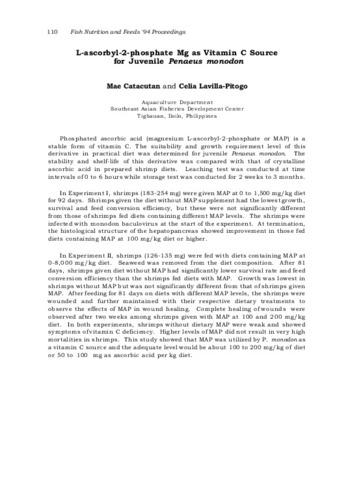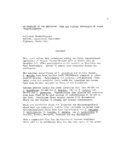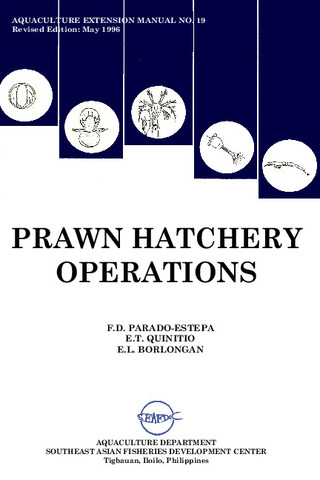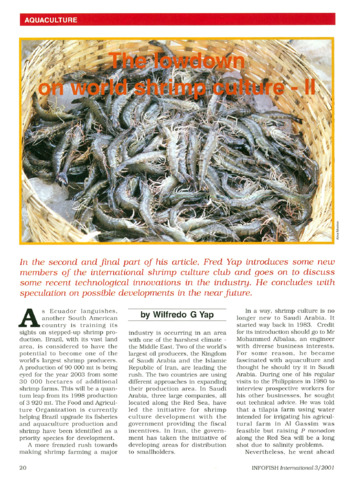L-ascorbyl-2-phosphate Mg as vitamin C source for juvenile Penaeus monodon
| dc.contributor.author | Catacutan, Mae. | |
| dc.contributor.author | Lavilla-Pitogo, Celia. | |
| dc.date.accessioned | 2011-07-18T14:19:03Z | |
| dc.date.available | 2011-07-18T14:19:03Z | |
| dc.date.issued | 1996 | |
| dc.identifier.uri | http://hdl.handle.net/10862/541 | |
| dc.description | Abstract only | en |
| dc.description.abstract | Phosphated ascorbic acid (magnesium L-ascorbyl-2-phosphate or MAP) is a stable form of vitamin C. The suitability and growth requirement level of this derivative in practical diet was determined for juvenile Penaeus monodon. The stability and shelf-life of this derivative was compared with that of crystalline ascorbic acid in prepared shrimp diets. Leaching test was conducted at time intervals of 0 to 6 hours while storage test was conducted for 2 weeks to 3 months.In Experiment I, shrimps (183-254 mg) were given MAP at 0 to 1,500 mg/kg diet for 92 days. Shrimps given the diet without MAP supplement had the lowest growth, survival and feed conversion efficiency, but these were not significantly different from those of shrimps fed diets containing different MAP levels. The shrimps were infected with monodon baculovirus at the start of the experiment. At termination, the histological structure of the hepatopancreas showed improvement in those fed diets containing MAP at 100 mg/kg diet or higher.In Experiment II, shrimps (126-135 mg) were fed with diets containing MAP at 0-8,000 mg/kg diet. Seaweed was removed from the diet composition. After 81 days, shrimps given diet without MAP had significantly lower survival rate and feed conversion efficiency than the shrimps fed diets with MAP. Growth was lowest in shrimps without MAP but was not significantly different from that of shrimps given MAP. After feeding for 81 days on diets with different MAP levels, the shrimps were wounded and further maintained with their respective dietary treatments to observe the effects of MAP in wound healing. Complete healing of wounds were observed after two weeks among shrimps given with MAP at 100 and 200 mg/kg diet. In both experiments, shrimps without dietary MAP were weak and showed symptoms of vitamin C deficiency. Higher levels of MAP did not result in very high mortalities in shrimps. This study showed that MAP was utilized by P. monodon as a vitamin C source and the adequate level would be about 100 to 200 mg/kg of diet or 50 to 100 mg as ascorbic acid per kg diet. | en |
| dc.publisher | Aquaculture Department, Southeast Asian Fisheries Development Center | en |
| dc.subject | Penaeus monodon | en |
| dc.title | L-ascorbyl-2-phosphate Mg as vitamin C source for juvenile Penaeus monodon | en |
| dc.type | Conference paper | en |
| dc.subject.asfa | artificial feeding | en |
| dc.subject.asfa | diet | en |
| dc.subject.asfa | rearing techniques | en |
| dc.subject.asfa | shrimp culture | en |
| dc.subject.asfa | vitamin C | en |
| dc.subject.scientificName | Penaeus monodon | en |
Files in this item
รายการนี้ปรากฏใน (s)
-
Feeds for Small-scale Aquaculture [23]
Proceedings of the National Seminar-Workshop on Fish Nutrition and Feeds, Tigbauan, Iloilo, Philippines, 1 -2 June 1994






